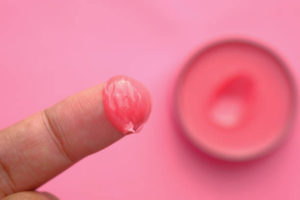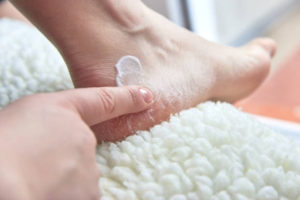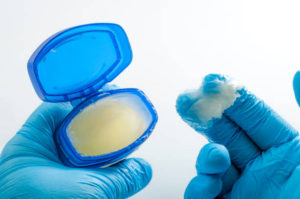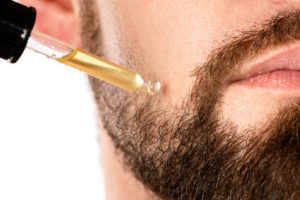Vaseline Petroleum Jelly Uses and Side Effects
Everybody needs a heavy-duty moisturizer in the winter for rough hands, feet and other parts of the body. Petrolatum or petroleum jelly and mineral oil seem to fit the bill. It would surprise many to know that they do nothing for your skin and may cause more harm than good.
Petroleum Jelly Ingredients
Petrolatum or Petroleum jelly is a mixture of mineral oils and waxes, which form a semisolid jelly-like substance. Petroleum jelly’s benefits and side effects come from its main ingredient petroleum, which forms a protective layer over your skin. This helps the skin to heal and retain its moisture.
Petroleum Jelly vs Vaseline
It is a very common question among it’s users. The main difference between Vaseline and petroleum jelly is that Vaseline is made up of pure petroleum jelly which contain minerals and micro-crystalline wax which makes it smoother, while petroleum jelly is made up of a partial solid mix that comes from mines of hydrocarbons.
Vaseline Petroleum Jelly Uses
- Petroleum jelly is mostly used as face and body lotion by its Application after a shower. As an moisturizer, it prevents the skin from drying. It is also used for dry noses during cold or allergy season.

- It is also used to repair cracked heels. Soak your feet in warm water with some salt added to it. Dry your feet thoroughly with towel and apply petroleum jelly.

- It is also widely used for repair of chapped lips.

- Jelly is effectively used in keeping skin moist in post-surgery healing. It may be particularly good for regular, less dramatic skin injuries. The surface you apply petroleum jelly should properly cleaned and disinfected. Otherwise, pathogens and other bacteria can get trapped inside and delay the healing process.

Petroleum Jelly Side Effects or Dangers
Petroleum jelly is a gelatinous substance initially seen on oilrigs. It seemed to be beneficial for burns, may be because it formed a protective coating on the burns which was not affected by water and so kept germs out. Now we know that petroleum jelly causes blisters, as it does not allow heat from the burnt area to escape. The trapped heat causes more harm and discomfort.
Petrolatum is white petroleum jelly. It is a cheap product and is often used in cosmetic preparations which are sold as moisturizers. These two products are not absorbed by the skin but remain on the surface only. You can gauge this by the fact that even a long time after applying them your skin feels greasy. You can actually wipe them off with a tissue.
Similarly, if you try to rub in baby oil, which comprises mainly of mineral oil, you will not be successful. It will stain clothes and the skin will feel oily. Tanning is also more when these products are used. For example there are several other ways to treat crack heels other than using petroleum products like taking vitamin supplements or applying natural products like olive oil.
There are side effects and dangers of this product as well. The most frightening thing is that these products may actually be carrying carcinogenic or cancer causing ingredients. These ingredients get attached to them when chemicals are used during manufacture. As they are cheap and used by the smaller companies, neither the raw material nor the final products are checked for harmful ingredients. It is not even a safe cosmetic.
Petroleum Jelly vs Coconut Oil or Plant Based Oils
The safest bet for moisturizing the skin is coconut oil or plant based oils. The plants rich in oil are olive, avocado, mustard and grape seed. Shea butter is best to use at night as it is heavy and penetrates into the skin promoting healing in chapped and flaky skin. Plant based oils are required by law to be tested for pesticide and herbicide residues and are not likely to contain harmful chemicals.
Another advantage is that coconut oil or plant based oils closely resemble sebum, the natural oil produced by the human skin. They are thus tolerated and absorbed very well. Cooking oils may be used for moisturizing the skin, but emulsified plant oils are the best. They do not leave your skin looking oily and shiny.
How to use plant based oil for skin?
The best time to moisturize your skin is after you clean your face in the morning and before going to bed. Use coconut oil or a plant based oil and gently rub it in. Use upwards strokes to massage your skin so that there is no formation of wrinkles. You will soon have a healthy soft skin.

